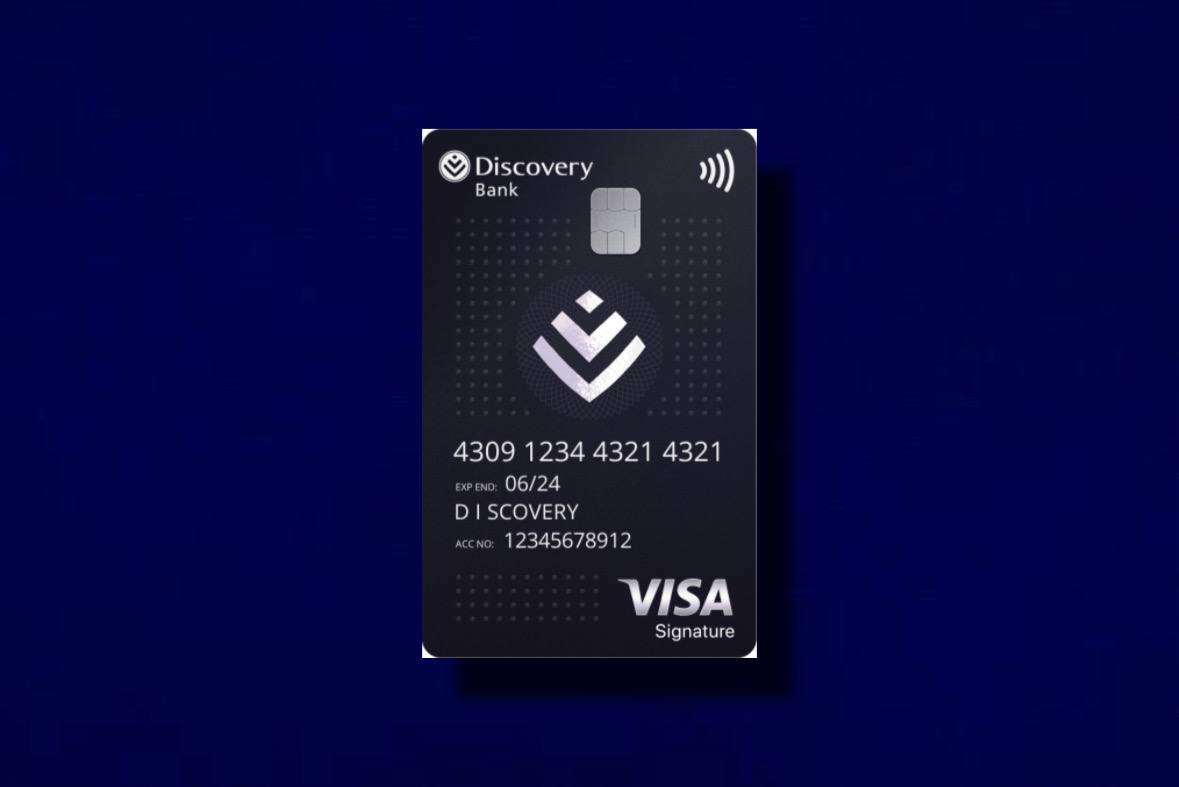Comprehending Secured vs. Unsecured Credit Cards
Explore the key similarities and distinctions between the two primary categories of credit cards available in the U.S. market and resolve any uncertainties you may have.
In the U.S., there are two primary categories of credit cards: secured and unsecured.
Grasping the distinctions between these card types is crucial for selecting the one that best fits your financial needs.

We’ll delve into the features of both card types, their pros and cons, and when each might be the better choice.
What Are Secured and Unsecured Credit Cards?
Secured Credit Cards
Secured credit cards demand a security deposit from the cardholder. This deposit acts as a safety net for the issuer, minimizing risk for banks, especially for those with little or poor credit history.
Unsecured Credit Cards
Unsecured credit cards do not need an upfront deposit. They are granted based on the applicant’s credit evaluation, which considers aspects like credit history, score, and income.
Since there’s no deposit, credit limits and interest rates can be higher, depending on the user’s financial situation.
Comparing Key Features
Advantages and Disadvantages of Each Card Type
Advantages of Secured Credit Cards
- Easy Approval: Great for those starting to build credit or with poor credit history.
- Perfect for Rebuilding Credit: Ideal if you have a low credit score or are just beginning your credit journey.
- Controlled Spending: The credit limit matches the security deposit, reducing overspending risk.
- Fewer Requirements: Secured cards may be the only option for those with limited or poor credit history.
Disadvantages of Secured Credit Cards
- Initial Deposit Needed: A key downside of secured cards is the requirement for an upfront security deposit.
- Limited Credit Limit: Your credit limit matches your deposit amount, which means your spending power is limited.
- Higher Interest Rates: Typically, secured cards come with higher interest rates compared to their unsecured counterparts.
Pros of Unsecured Credit Cards
- No Deposit Required: Unsecured cards do not need a security deposit.
- Increased Credit Limits: Depending on your credit history, you might qualify for higher credit limits.
- Rewards and Benefits: Many unsecured cards offer perks like cashback, travel points, and discounts at partnering retailers.
Cons of Unsecured Credit Cards
- Harder to Get Approved: Securing approval for an unsecured card usually requires a solid credit history.
- Higher Rates for Low Scores: If your credit score is low, you may still get an unsecured card, but at a higher interest rate.
- Risk of Overspending: Without a security deposit and with larger limits, overspending and debt can become a concern.
Choosing Wisely
Your decision between a secured and unsecured credit card largely hinges on your financial background, aspirations, and capabilities.
If you’re beginning to build credit or have a limited credit history, a secured card can be a great starting point.
Conversely, if you already boast a strong credit score and wish to enjoy rewards and lower rates, an unsecured card may be a better fit.
When choosing, be sure to factor in your financial needs, credit habits, and the perks each card offers.





